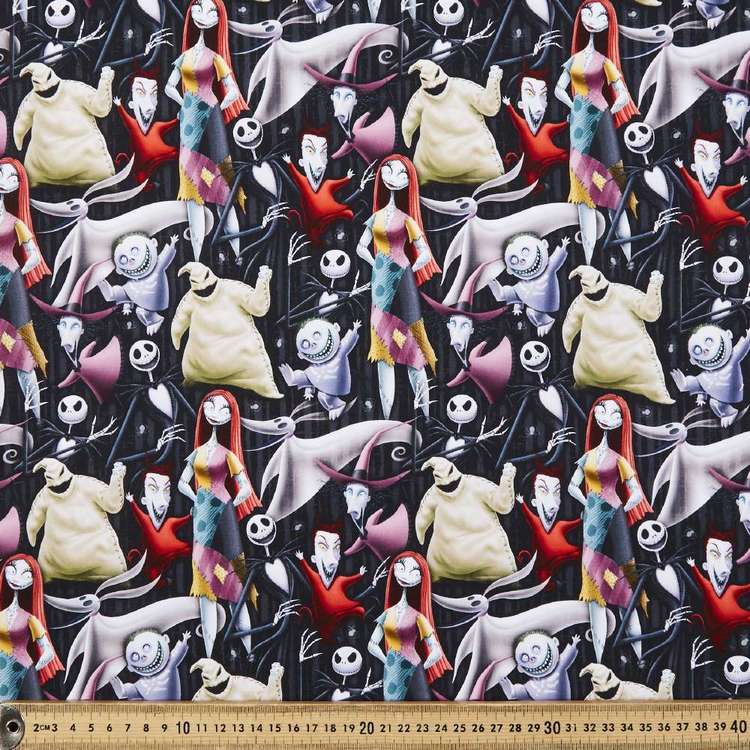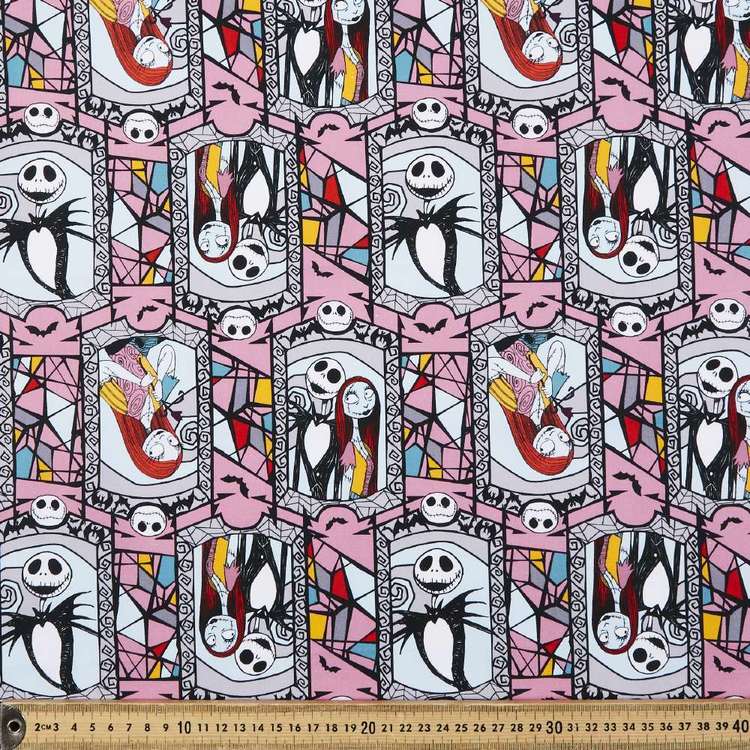 | ||
| Your browser is not supported. | ||
|
Please browse our site using any of the following options:
| ||
Seasonal Quilting Fabric
Spotlight provides seasonal fabrics & materials for all kinds of projects, including quilting & patchworking! Shop different patterns & designs today!
3 items found.
How To Select Seasonal Fabrics?
Seasonal fabrics are quite fun to look at and can be used for so many different projects. From garments to tablecloths and quilts, there is no limit to the applications of seasonal fabric choices. But how do you select the best seasonal fabric for the project you have in mind? Let us find out!
How Do I Select Seasonal Fabrics By Colour?
One of the first things crafters will look at with seasonal fabrics is colour. For example, colours such as red and gold are popular for Christmas, while orange can be a popular choice for Halloween. However, it is also important not to limit your choices too much where colour is concerned.
While rigid colour selection is great for projects such as quilts and tablecloths, garments are somewhat trickier. If you choose a seasonal fabric for a garment you will wear, there is little point in choosing a colour that does not match your personal style. Of course, there are still some things you can do to remain in season. Simply look for the trendy colours for the season and implement different shades of that colour to find seasonal fabric that suits you.
Are Fabric Fibres Important For Seasonal Fabrics?
This once again depends on your project, as fabric fibres can change how a fabric looks and behaves. For example, if you are making a tablecloth for Christmas that is meant for a fancier dinner, then you need to have a fabric that looks elegant. On the other hand, if you are making a quilt, then quilter's cotton is the more reliable choice, even though there are materials that look fancier.
When you need a luxurious look and feel, silk is usually a brilliant option to go with. It also does not conduct heat, which means you can use this kind of material for seasonal clothes in the winter as well as the summer.
Cotton is a popular fabric for the majority of projects, and quite affordable to boot. Of course, synthetic materials tend to be the most affordable of all, but do not have the luxurious look you often get with more natural materials.
In conclusion, it is important to choose a material based on your needs at the time. Ask yourself what look you are trying to achieve. In addition to that, do not forget to incorporate your used sewing techniques to ensure the chosen fabric fibre matches.
What Weight Should A Seasonal Fabric Have?
When a crafter refers to the weight of a fabric, they actually refer to its thickness. If you have some experience with fabrics, you already know that there can be substantial differences in thickness, which influence the overall look and durability of a material.
Seasonal fabrics can be delivered with different types of weight - this means you can even get sheer choices. The weight of a fabric can influence the overall drape of the material as well, so weight will be more important for things such as curtains and garments.
While weight is less important for the drape of quilts and tablecloths, you still have to consider it. Thinner materials might not be that suitable for tablecloths, as they might not cover the table properly. Materials that are too thin may be less durable as well, which is not advised for quilts. So, it is all about adjusting your seasonal fabric choice to the application you have in mind.
Should I Use Different Seasonal Fabrics For A Project?
Using several seasonal fabrics for the same project can be difficult because you often work with different designs, patterns, and colours. So, not only do you have to make sure the colours complement one another, you must ensure the design does too.
If you need to use multiple fabrics for the same project and you are a beginner, Spotlight recommends using a single seasonal fabric and one solid fabric. This combination is much easier to work with and is less likely to end in disaster if you make a minor mistake. If you do have the experience though, it is a good idea to experiment with several seasonal fabrics and create something utterly unique.
Once again, it is recommended to purchase more fabric than you actually need, this is especially the case if you buy your fabric by the metre. Crafters need to account for some margin of error during the cutting and measuring process, so some extra fabric is required to avoid problems or an unfinished project for that matter.










